We learned about a family that settled in Lincoln County. He wanted to move to Minnesota to farm its rich soil. This man was like most men who moved here during this time - he set up his farm by breaking the sod. Who was he?
Who was John Tainter?
The house you see here was made out this material: grass and part of the soil beneath it held together by its roots or another piece of thin material.
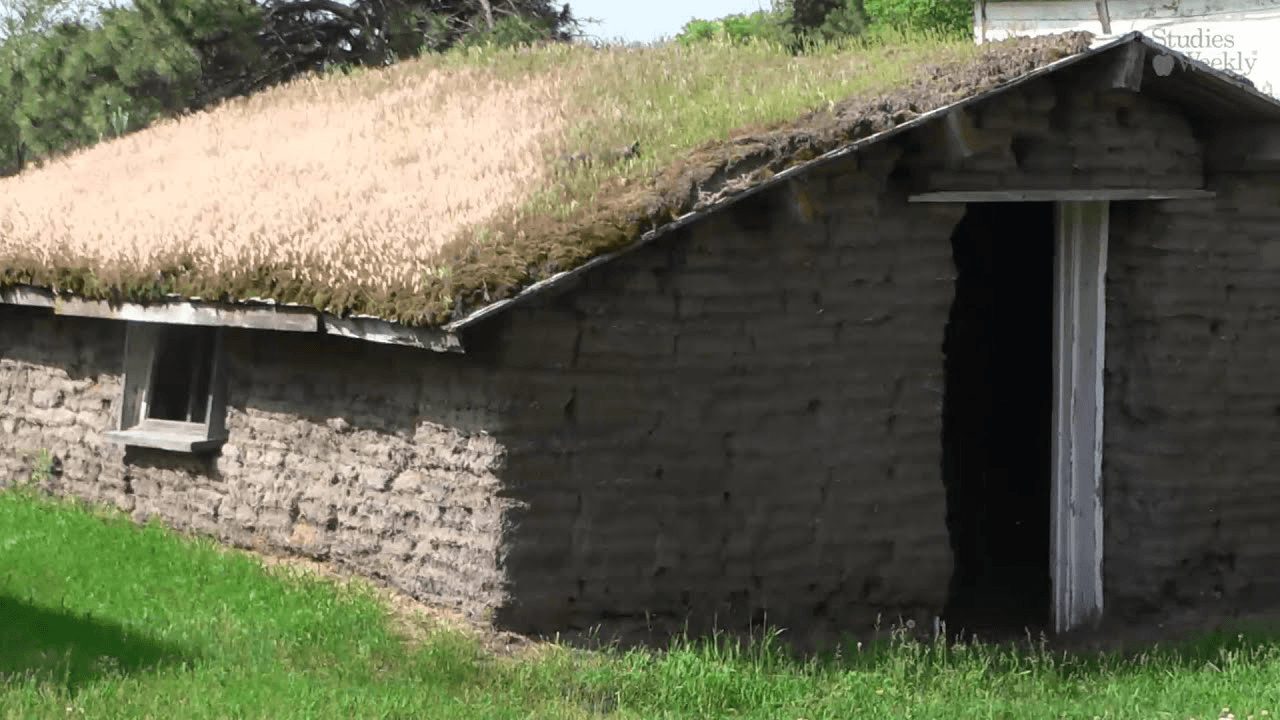
What is sod?
Wheat and this mode of transportation changed Minnesota's landscape forever.
What are railroads?

Newcomers came to Minnesota because the land here appeared to be good for this.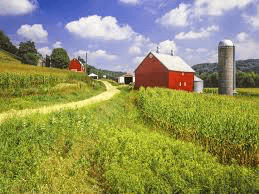
What is farming?
This nationwide organization for farmers was started to support farmers' economic well-being and their political interests. 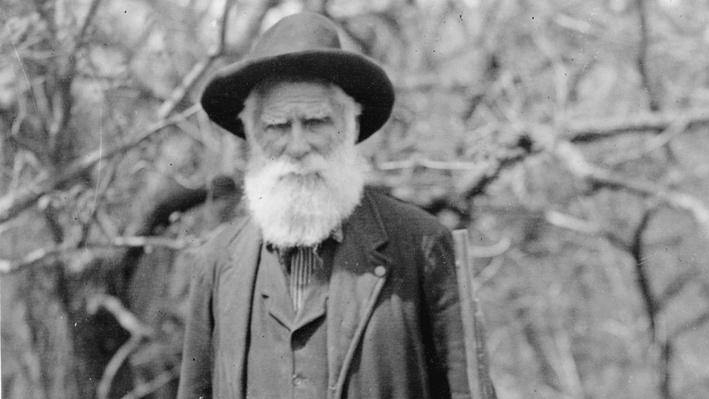
What is The Grange?
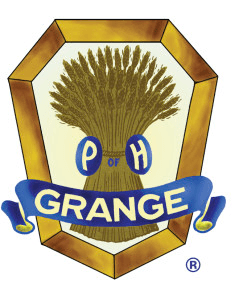
Behind every good farmer is an even better wife! This woman helped set up a farm by managing the household.
Who was Sarah Tainter?
This was an important place for farmers in the early days of settlement in Minnesota. It's where farmers sold their crops to make a profit.
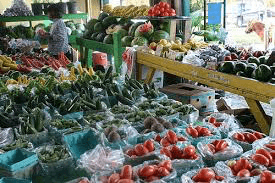
What is a market?
One negative aspect of railroad development in Minnesota was that it forced these people to move off of their lands.
Who are Native Americans?






The Grange brought farmers together to help pass laws to regulate these from preventing them from earning a fair profit.
What are railroad companies?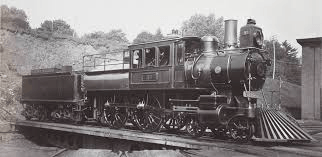
Land speculators made a great deal of money by buying land cheap and then selling it at a high value to make a profit. One famous land speculator in Minnesota's early days was ______________.
Who was Louis Fertile?
Because railroad companies often cheated settlers and farmers out of money, the government changed and created laws and rules to control the railroad. To control or adjust something in order to change how it works is known as this.
What is regulate?
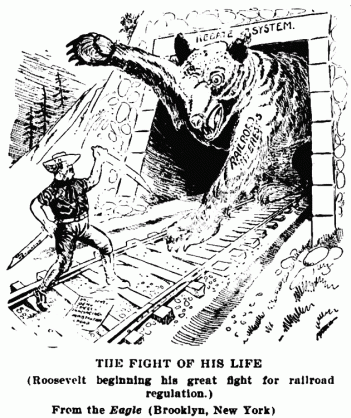
These people tried to strike it rich during Minnesota's early settlement period. It's someone who buys and sells land hoping to make a profit.
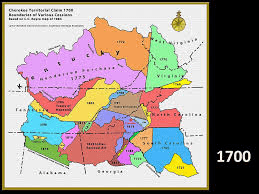
Who is a land speculator?

This 1862 law provided up to 160 acres of land to settlers who would live on it and farm it for 5 years. It was one of many ways settlers could get land.
Another purpose of the Grange was to bring farmers together to learn new ____________?
What are farming techniques?
This well-known organizer was known for founding The Grange. He built partnerships among farmers to share ideas.
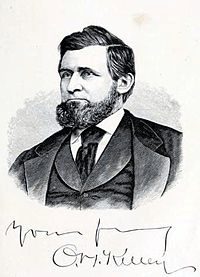
Who was Oliver H. Kelley?
The first settlers or farmers practiced this - the concept of producing enough food to feed one's family.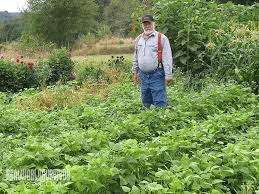
What is subsistence farming?
The railroad development in Minnesota resulted in many positive impacts. To earn these precious 400 points, tell me three ways railroads positively helped Minnesotans.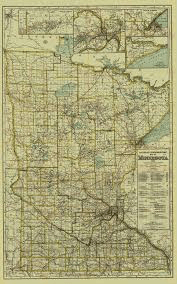
-settlement increased
-the population grew
-people traveled more quickly
-mail was delivered much faster
-folks could buy & sell goods with people or businesses farther from home.
There were other ways newcomers could acquire land. Tell me at least two other ways new settlers could get land to live on in Minnesota.

1. buy land from railroads
2. settling on government land without permission (buy it from the gov't later)
3. soldiers could get free land thanks to government programs
After farmers and Grange members shared new ideas and discussed problems, the Grange was popular for members because it simply allowed members to ___________________.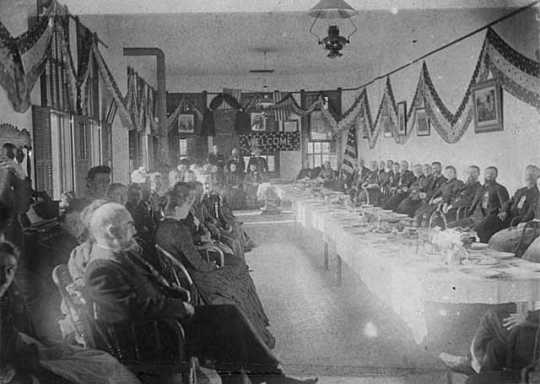
What is talk to each other?
Known as "The Empire Builder," this man was responsible for the spread of railroads into Minnesota and other parts of the Northern Plains.
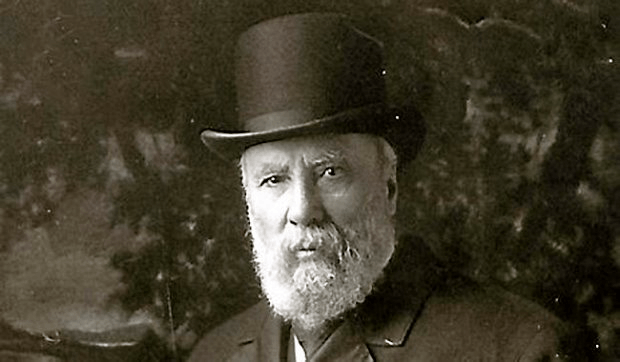
Who was James J. Hill?
As technology technology improved and the railroad became commonplace, most settlers realized they could make a profit by doing this - the practice of producing a variety of crops and livestock on one farm.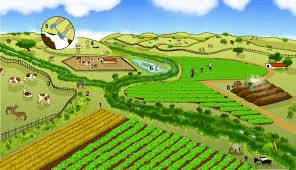
What is diversified farming?
When newcomers arrived and settled in Minnesota to farm, they were called "sodbusters" because the sod roots in Minnesota were ___________ and protected the rich ___________ below.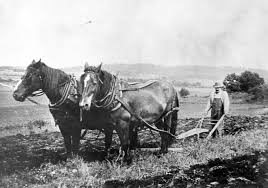
What is THICK and SOIL?
When families moved to settle in Minnesota, the men and the women had to work really hard all day to survive. Tell me two jobs that each a man and a woman would have done on the farm.
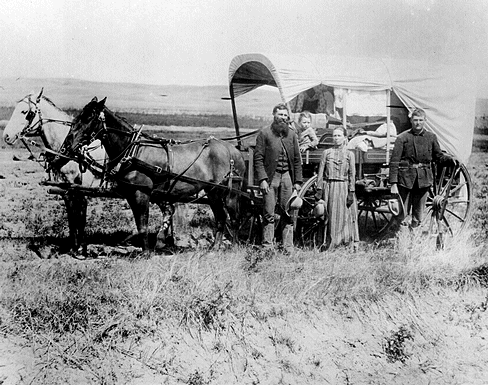
MEN - did heavy work in fields like plowing, planting, and harvesting crops. Men repaired buildings, tools, cared for animals, and relied on their own skills.
WOMEN - cared for children, cooked three meals daily, laundry, cleaned, made soap, mended clothes, cared for chickens and cows, made butter/cheese, gardened, helped in the fields.
The Grange was very unique and progressive during its time because most groups did not allow these people to be leaders or even members of organizations. 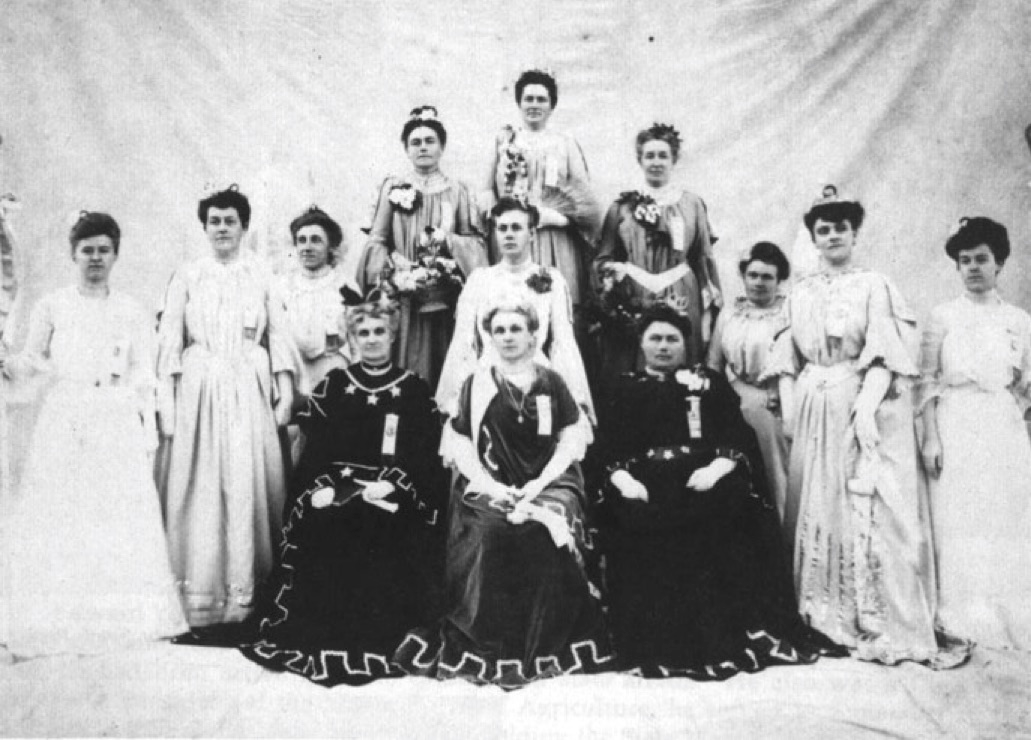
What are women?
These small critters traveled in large numbers, often destroying crops as they moved across the prairie during the early settlement days.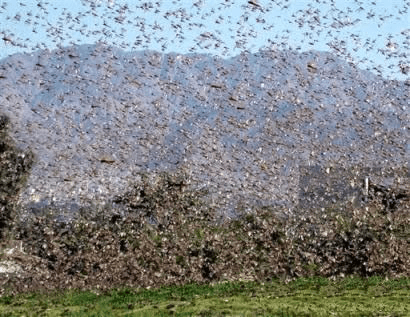
What are grasshoppers?

These existed many years ago and still help farmers today! It's an organization formed to help members buy or sell products as a large group to get a better price.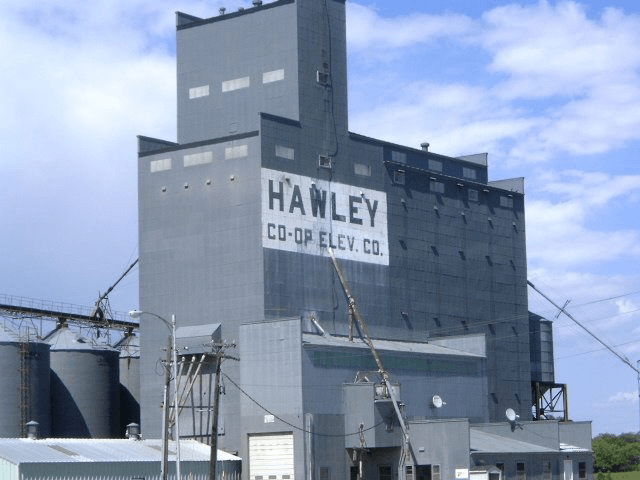
What is a cooperative?
Both the Civil War and the US-Dakota War affected Minnesota, driving people away and out of our state. After a few years, newcomers returned because they believed Minnesota was headed toward a time of _____________.
What is peace?
We can't forget about the KIDS!! Tell me three jobs they did on the farm in the homesteading days.
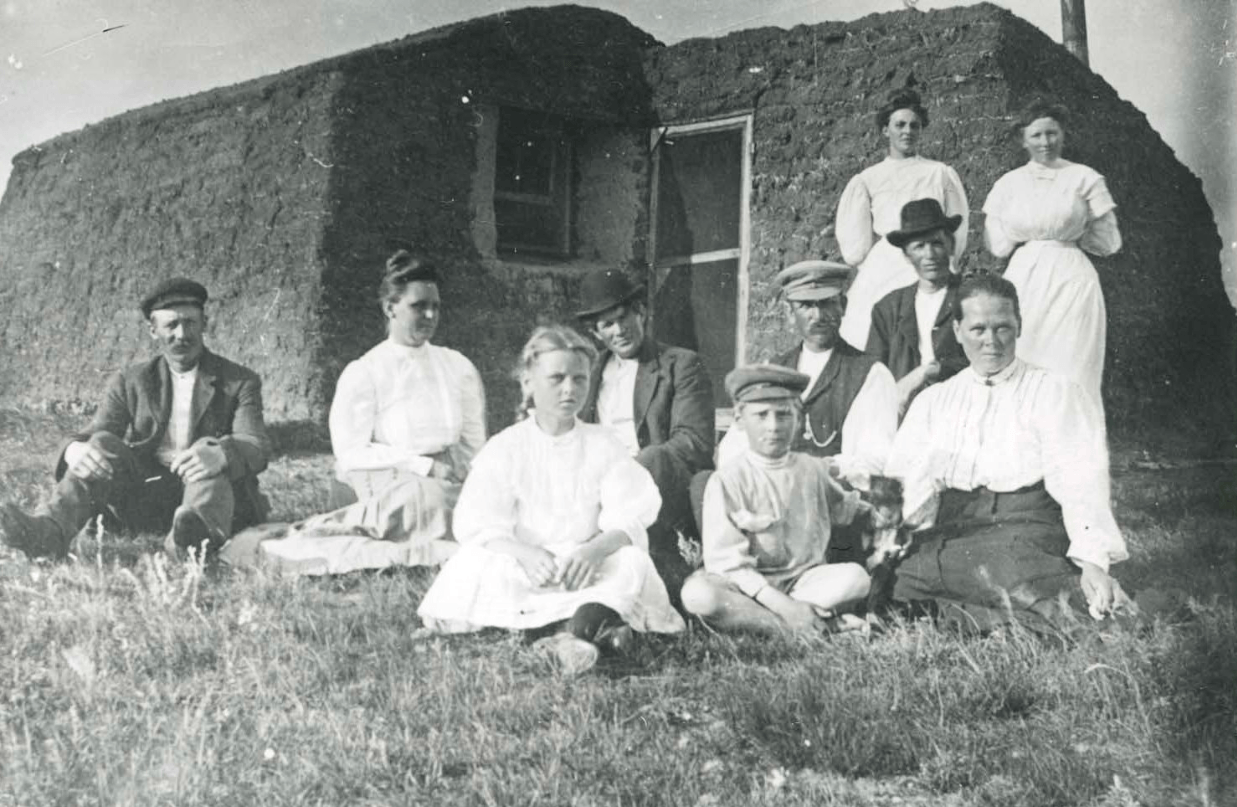
KIDS - carried firewood, brought water from the well, weeded the garden, gathered eggs, brought cows in for milking, cared for younger siblings, and helped in the fields.
The Grange provided an opportunity to talk about important issues and problems. Tell me two important issues or problems Grange members might have discussed at a Grange meeting.
ANSWERS WILL VARY